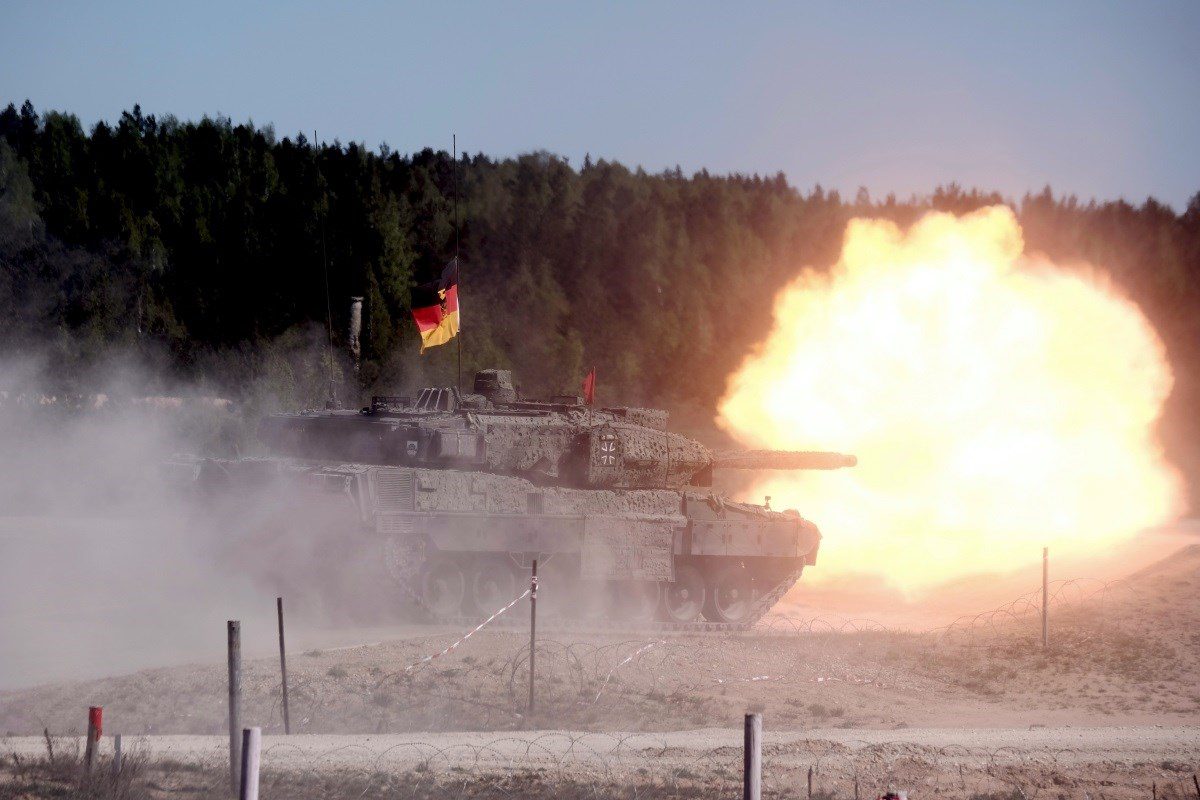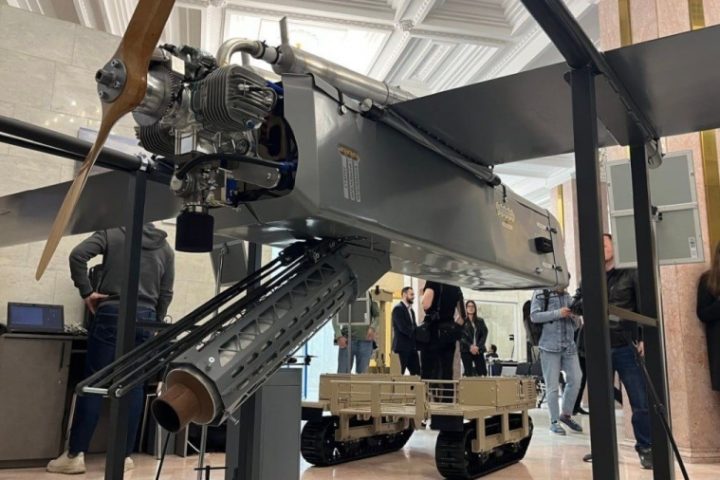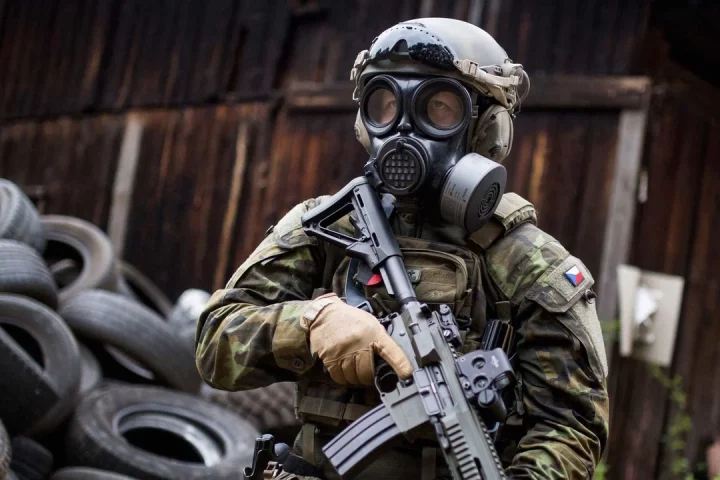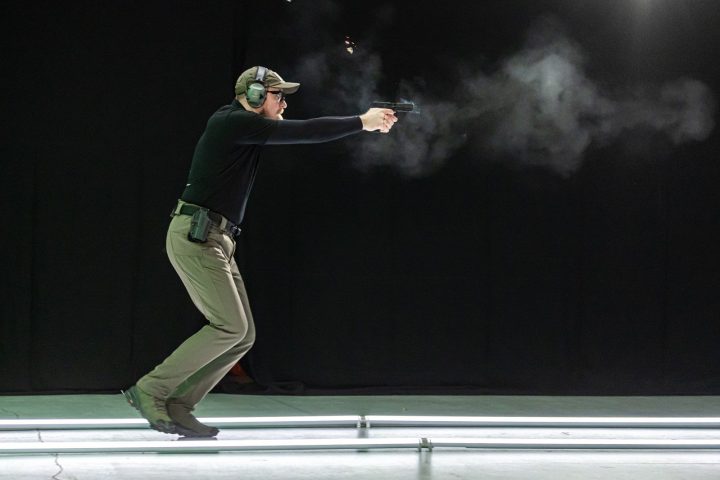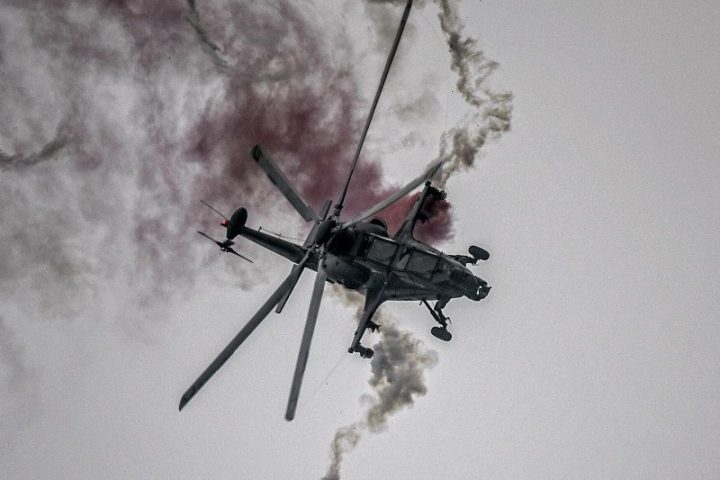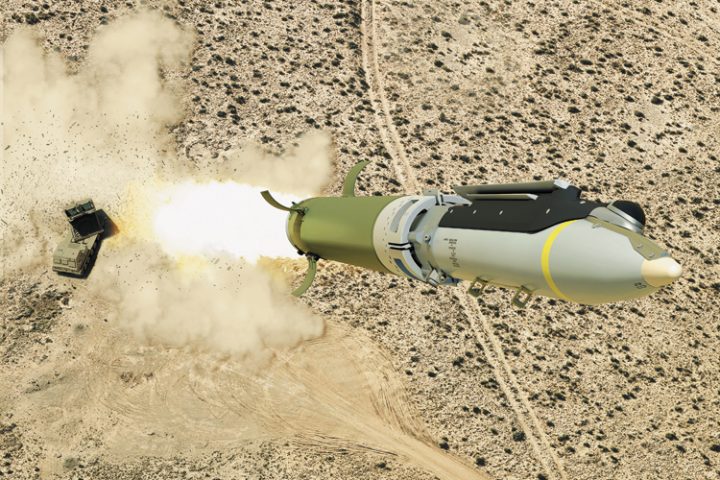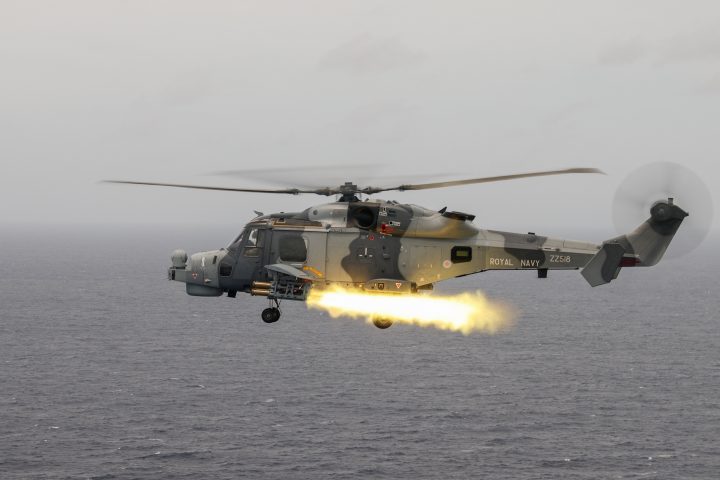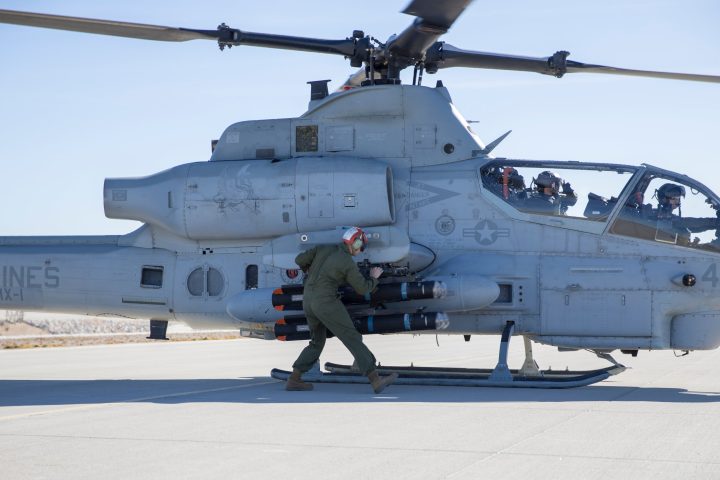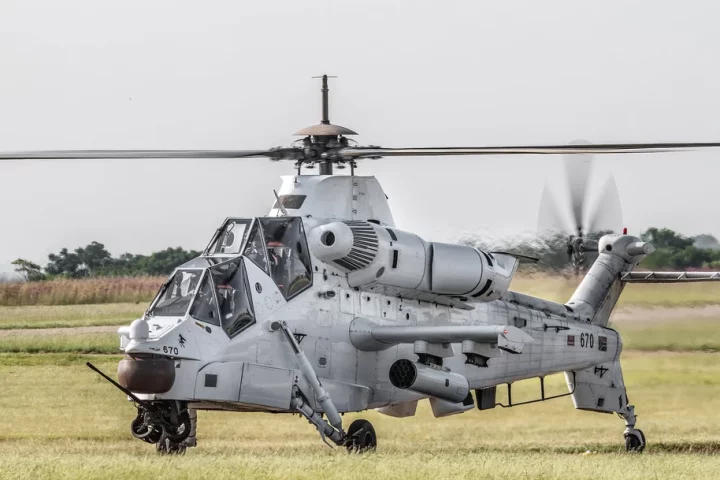Once hailed as the pride of the German Bundeswehr, the Leopard 2 main battle tank is now facing harsh realities on the front lines in Ukraine. According to a confidential assessment by the German Ministry of Defense, the tanks have underperformed under combat conditions, revealing significant shortcomings in modern warfare.
A leaked transcript from a meeting between the German military attaché in Kyiv and over 200 Bundeswehr personnel sheds light on the operational challenges Ukrainian forces are encountering with these high-tech machines.
High Expectations, Harsh Reality
In 2023, Germany delivered 18 Leopard 2 tanks to Ukraine after months of internal debate and pressure from NATO allies. Chancellor Olaf Scholz approved the decision following Washington’s announcement to send Abrams tanks, and amid growing public support for aiding Ukraine’s defense efforts.
However, reports from Ukrainian soldiers paint a different picture. According to three German media outlets who reviewed the confidential transcript, the Leopard 2 tanks have proven to be of limited use on the battlefield. Instead of dominating the front lines, these tanks are increasingly deployed as makeshift artillery, rather than for direct armored assault.
Vulnerable to Drones, Difficult to Maintain
The core issue lies in the changing nature of warfare. The Leopard 2, designed during the Cold War era, is highly vulnerable to inexpensive drone strikes—a key tactic used by Russian forces. Its complex systems also make it difficult to repair in the field, often requiring transportation to specialized repair hubs in western Ukraine or even Poland.
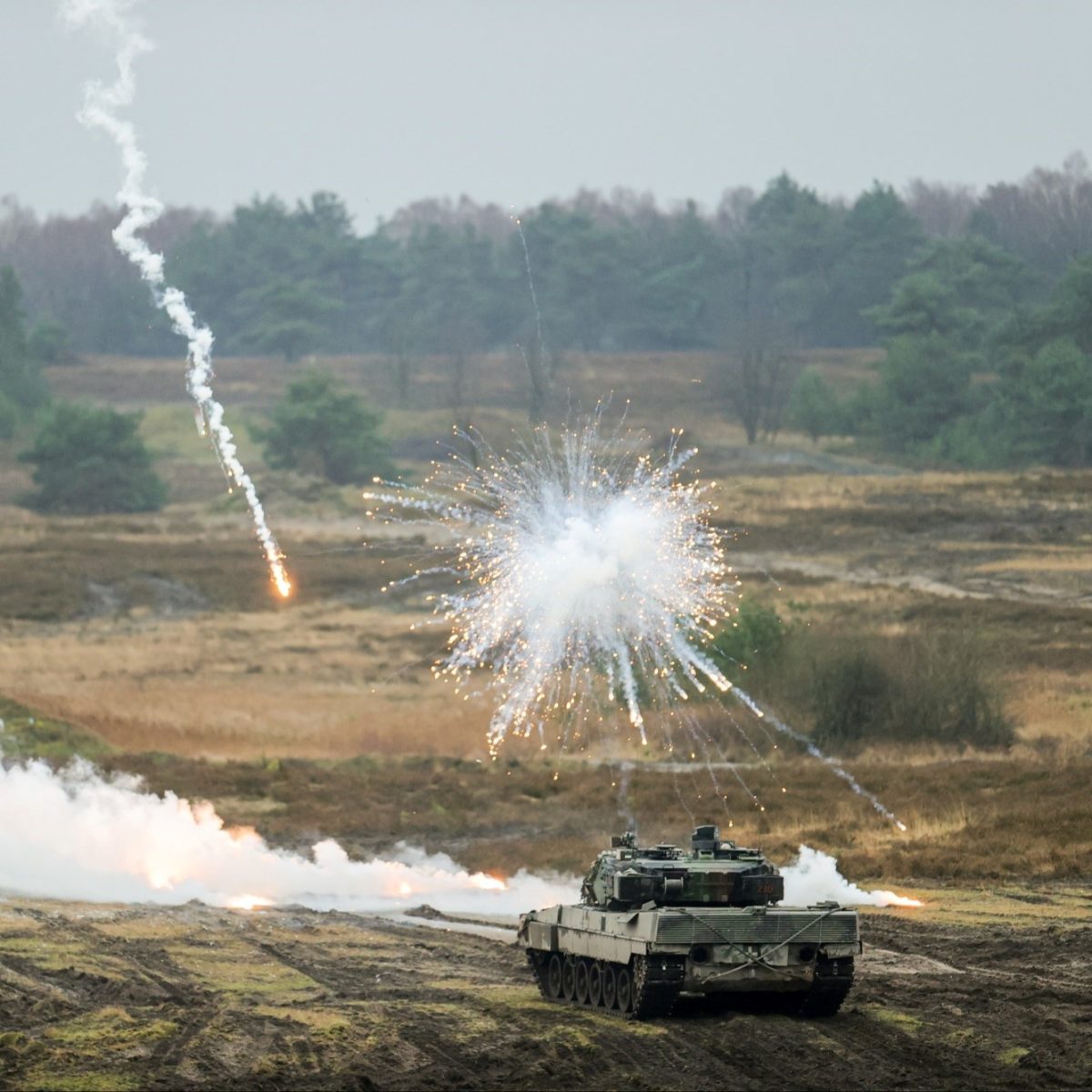
“The main issue with the Leopard 2 tanks given to Ukraine is their small numbers. If one or two need repairs, Ukraine loses a significant portion of its armored capabilities,” said Sergej Sumlenny, director of the Berlin-based Center for European Resilience. He has traveled extensively across Ukraine since 2022 and adds, “These tanks were designed to operate with strong air support—something Ukraine does not have.”
A Legacy of Over-Engineering
Sumlenny also attributes some of the Leopard 2’s issues to Germany’s post-WWII defense philosophy. “These tanks were designed by engineers with no combat experience, resulting in unnecessarily complex systems,” he explained. “Older models from the 1960s, designed by veterans with battlefield knowledge, are often simpler and more practical—even if they lack the same level of armor.”
German defense experts now argue that Ukraine’s battlefield experience should serve as a wake-up call for NATO countries, especially as Russia continues to test the alliance’s readiness and resolve.
Rethinking German Military Logistics
Green Party MP and defense spokesperson Sara Nanni emphasized the need for a strategic overhaul: “We can no longer think in small numbers. Germany must maintain larger equipment reserves to account for long-term repairs and continuous maintenance.”
Despite being the second-largest supplier of military aid to Ukraine after the U.S., Germany is also grappling with shortages. The leaked transcript points to insufficient ammunition stocks, even for Germany’s most dependable air defense systems.
Not Just Leopard—Abrams and Challenger Tanks Also Struggling
Germany’s Leopard 2 is not alone in its underperformance. U.S.-made Abrams tanks and Britain’s Challenger 2 have faced similar issues in Ukraine.
In December, former U.S. National Security Advisor Jake Sullivan acknowledged that the Abrams is “not the most useful” in the current conflict. Ukrainian media echoed these concerns, citing overwhelming logistical challenges in fuel supply, spare parts, and maintenance.
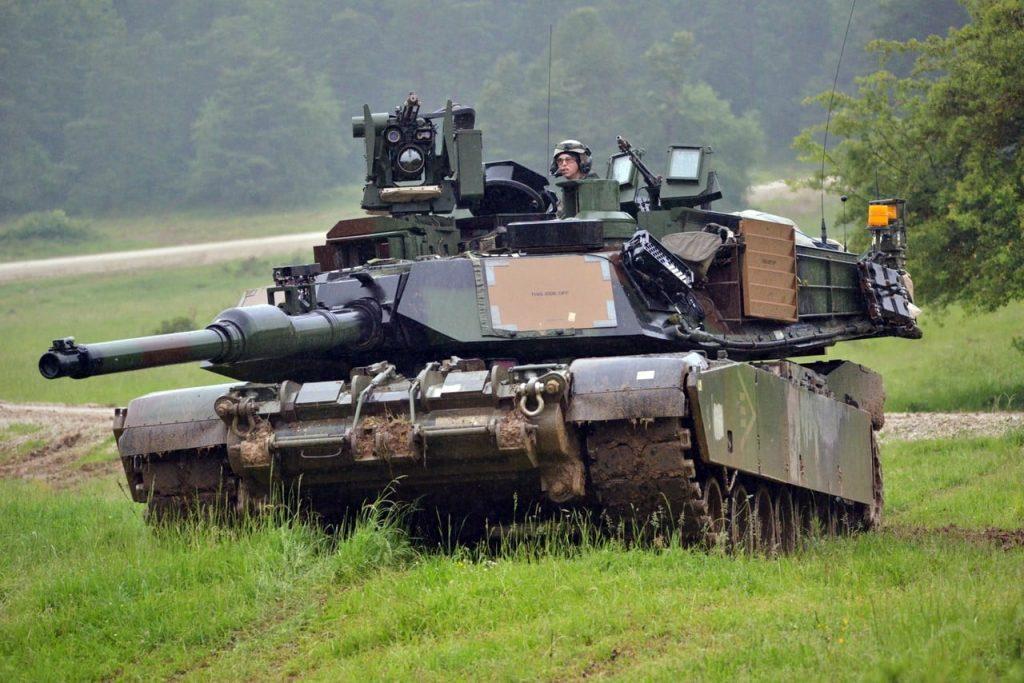
Retired U.S. General Mark Hertling told CNN that Abrams tanks, though technologically superior, are “maintenance-heavy machines” that demand a sophisticated support infrastructure. Of the approximately 80 Abrams tanks sent by the U.S. and Australia, around 20 have been destroyed, disabled, or captured.
British Challenger 2 tanks have also come under fire for their limited battlefield effectiveness. A Ukrainian soldier told The Sun that the tanks often break down and require hard-to-get spare parts: “Spare parts arrive too slowly, and logistics are complicated both on our side and yours,” he said.


